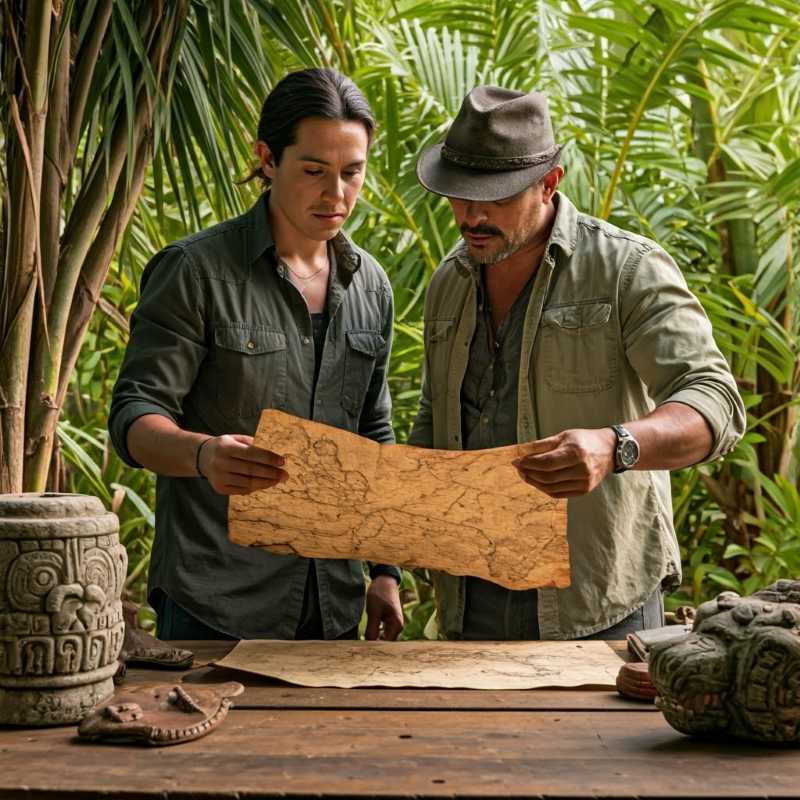The Americans Who Searched for Hidalgo’s Hidden Treasure
A group of Americans visit a Mexican town seeking a 19th-century buried treasure. They have a detailed map but mysteriously disappear after initial inquiries. The local community is intrigued by the legend and the foreigners' sudden interest, leaving the mystery unsolved.

Let me take you back a few years to a sweltering afternoon along Federal Highway 2 in Mexico, a road with all the charm and dust of an old Western film, but without the horses. It’s the artery that links Nuevo Laredo, Tamaulipas, and Piedras Negras, a good piece of road that just happens to skim past a town called Hidalgo in Coahuila. Now, picture this—my son, along with a few other boys from the Hidalgo Dos ejido, has set up a modest roadside stall selling watermelons and melons to passersby. They’re basking in the aroma of fresh fruit and the sun, probably hoping for the odd buyer and a bit of pocket change.
Out of nowhere, a group of Americans, clearly out of their element, pulls up. They’re not here for the fruit, though—they’ve got questions. But these aren’t your usual, “Can we find a bathroom?” or “Where’s the nearest gas station?” type questions. No, these chaps want to know how they can get permits to explore the area. And not just any part of it; they’re after a specific patch of land near a lagoon and a hill that locals know as Almud.




